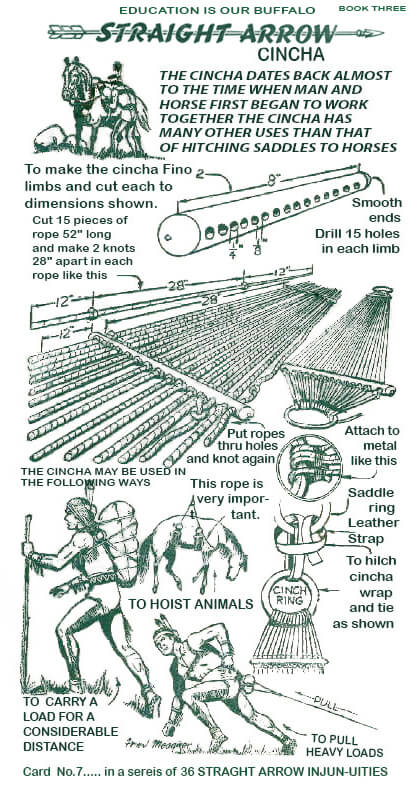
For about 3000 years, the cinch (girth) has been in use. The buckle first appeared in the Middle East approximately 700 B.C., when Assyrian warriors affixed straps to their ornate saddle coverings. The girth is known as a cinch in western riding. The cinch is a piece of horse equipment that keeps the western saddle on the horse in place. The cinch’s aim is to keep the saddle as close to the horse as feasible. The cinch should not obstruct the horse’s movement. The cinch goes under the horse’s barrel. A single, wide leather strap on either side, known as a latigo or billet, secures it to the western saddle.
Nylon, rayon, felt, cotton, and neoprene are just a few of the materials used in today’s cinch. The cinch’s principal purpose is to move sweat away from the horse’s body and allow it to evaporate. Although the materials listed above are durable, they do not absorb sweat. Mohair is a natural animal fiber derived from the Angora goat hair. Carded, spun, and corded long silky hair Mohair is a soft, resilient, robust, light, and flexible material. Because mohair is both absorbent and breathable, it is quite comfortable for horses.

